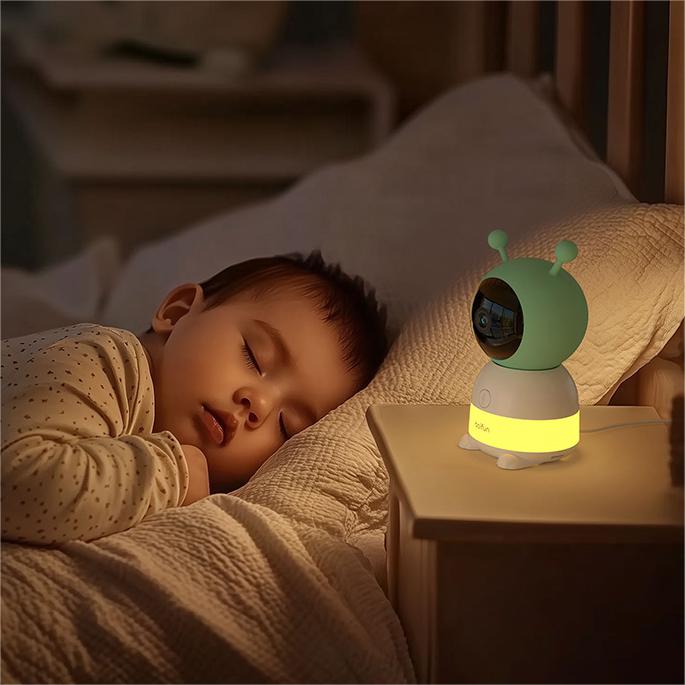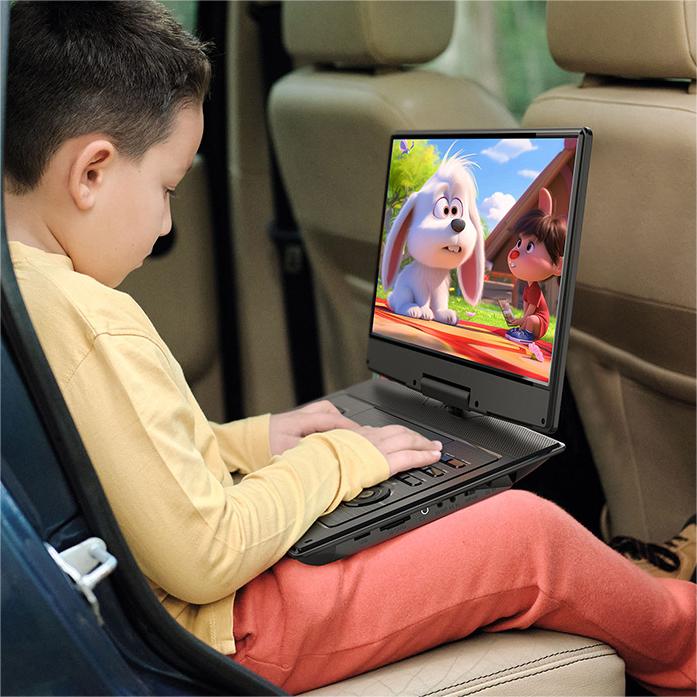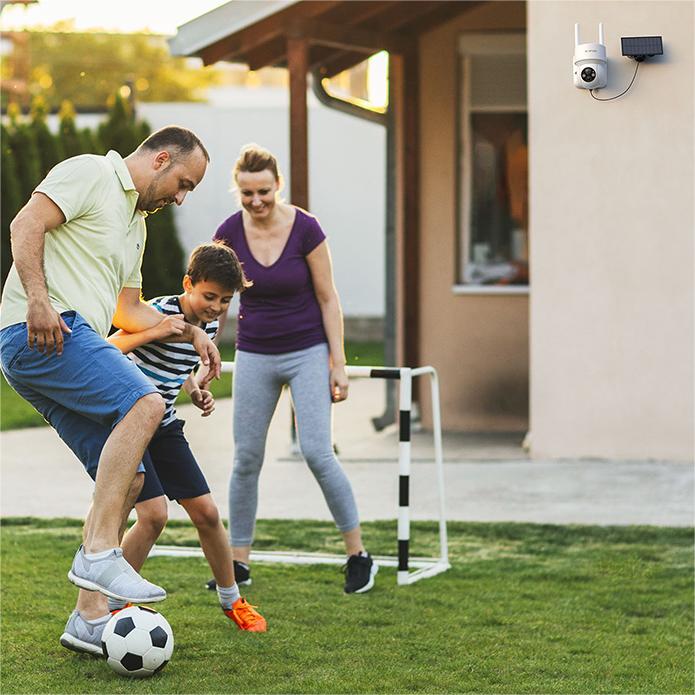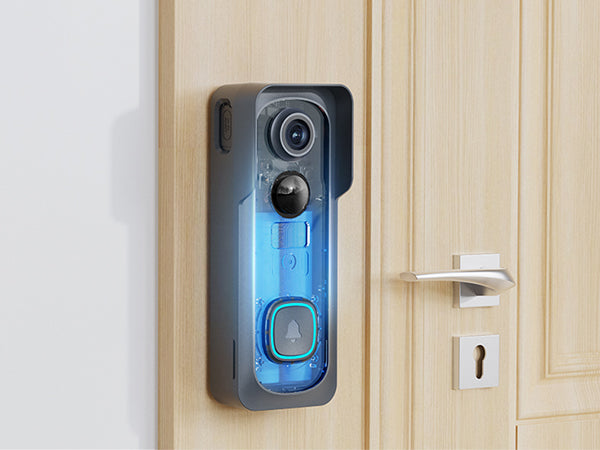
How to Choose the Right Baby Monitor: A Complete Guide for Parents
As a parent, ensuring your baby’s safety and well-being is a top priority, and a reliable baby monitor can provide much-needed peace of mind. But with so many options available, how do you choose the right baby monitor that fits your needs? In this guide, we'll walk you through the key features and considerations to help you make the best decision for your family.
1. Type of Baby Monitor
There are several types of baby monitors available, and choosing the right type is the first step. Consider your lifestyle and monitoring needs:
-
Audio Monitors: These are the most basic monitors, transmitting only sound. They allow you to hear your baby cry or make noises. While affordable, they lack the visual component of video monitors.
-
Video Monitors: These monitors not only allow you to hear but also see your baby. They come with a camera and a screen that provides a live feed of your baby's activities, adding an extra layer of security.
-
Smart Monitors: Smart baby monitors connect to your phone via an app and offer advanced features like remote monitoring, temperature alerts, and even sleep tracking. These are ideal for tech-savvy parents looking for more control and insights into their baby’s environment.
2. Range and Connectivity
When choosing a baby monitor, consider the range and connectivity options:
-
Range: If you live in a large home, you’ll need a monitor with a wide range, allowing you to stay connected even from a distance. Look for monitors with a range of at least 300 meters (1000 feet).
-
Connectivity: Many modern baby monitors offer Wi-Fi connectivity, which allows you to monitor your baby from your smartphone. If you're frequently away from home or prefer to keep an eye on your baby from any room, Wi-Fi connectivity is a must-have feature.
3. Video and Audio Quality
The quality of the video and audio will greatly impact your ability to monitor your baby effectively:
-
Video Quality: Look for a monitor that provides high-definition (HD) video, especially if you want a clear view of your baby even in low-light conditions. A good baby monitor should also include night vision for monitoring after dark.
-
Audio Clarity: Clear audio is essential. Ensure the monitor provides two-way audio, which allows you to speak to your baby through the monitor, providing comfort without having to rush to their room every time they stir.
4. Battery Life
Battery life is another important factor. Monitors with a long battery life ensure you can use them throughout the day or night without frequent recharging:
-
Portable Monitors: If you plan to carry the monitor around the house, make sure it has a long-lasting battery. Some models come with rechargeable batteries that can last up to 10 hours on a single charge.
-
Power-Saving Modes: Some monitors offer eco or power-saving modes that activate the monitor only when sound or movement is detected, which helps preserve battery life.
5. Extra Features to Consider
There are many additional features that can make a baby monitor more useful:
-
Temperature Monitoring: Many baby monitors include sensors that track the temperature of your baby’s room. This feature is essential for ensuring your baby’s sleeping environment is comfortable and safe.
-
Pan, Tilt, and Zoom: Some video monitors allow you to remotely pan, tilt, or zoom the camera to get a better view of your baby without entering the room.
-
Lullabies and Soothing Sounds: Certain baby monitors come with built-in lullabies or white noise features to help soothe your baby to sleep.
-
Motion and Sound Alerts: Advanced monitors can send alerts to your phone if they detect motion or sound, allowing you to react quickly if your baby wakes up or moves around.
6. Privacy and Security
When using a baby monitor, particularly those with Wi-Fi connectivity, security should be a major concern:
-
Encryption: Choose a baby monitor with strong encryption protocols (such as AES-128 or higher) to protect your video feed from hackers.
-
Password Protection: Make sure your monitor’s app is password-protected and use strong, unique passwords for your account to keep your baby’s monitor secure.
7. Price and Budget
Baby monitors come in a wide price range, so it’s important to balance the features you need with your budget:
-
Basic Audio Monitors: Typically cost between $20 and $50. These are great if you’re looking for a simple solution.
-
Video Monitors: Usually range from $100 to $200, depending on the resolution and features.
-
Smart Monitors: With advanced features like Wi-Fi connectivity, sleep tracking, and monitoring apps, these monitors can cost upwards of $300.
Conclusion: The Best Baby Monitor for You
Choosing the right baby monitor depends on your specific needs and preferences. If you want simplicity, an audio monitor might be enough. However, for most parents, a video monitor provides the ideal balance of security and convenience, especially with features like night vision and two-way audio. If you're tech-savvy and want advanced features, a smart monitor with app control, temperature monitoring, and motion alerts will offer the most peace of mind.
No matter what you choose, the right baby monitor will provide you with a window into your baby’s world, giving you the confidence to know they are safe and sound—whether you're in the next room or on the go.
Shop BOIFUN Baby Monitors Today!
If you're looking for a reliable, feature-rich baby monitor, check out the BOIFUN 6T Baby Monitor. With HD video, two-way audio, night vision, and temperature monitoring, it has everything you need to ensure your baby’s safety and comfort.






